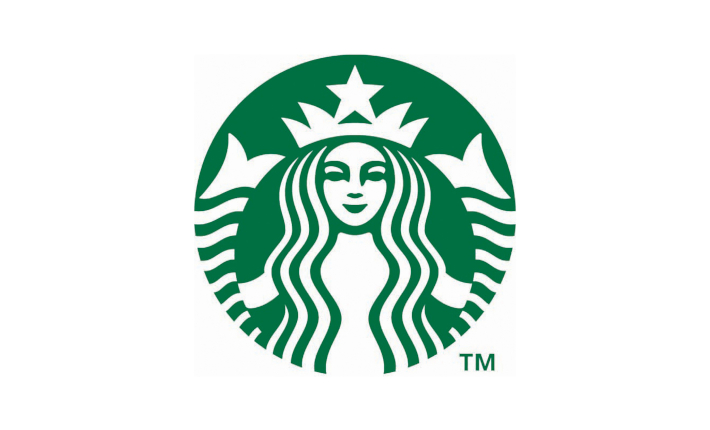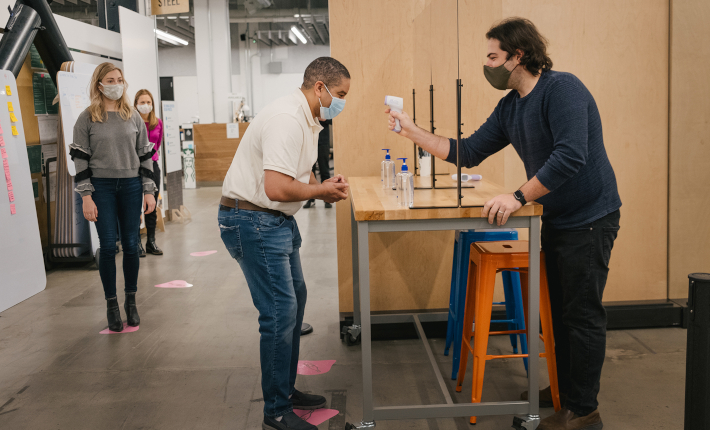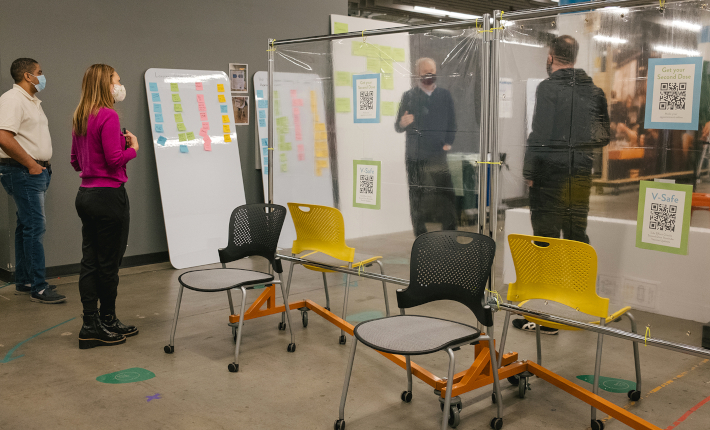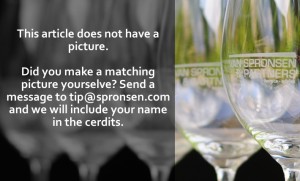Starbucks joins effort to help speed COVID-19 vaccination delivery
Last week, the Governor of the State of Washington, Jay Inslee announced at a press conference the goal of increasing the number of vaccines given to people each day from around 15,000 to 45,000. While the state hasn’t been allocated that many doses yet, that’s expected to change in the months ahead. To help meet the goal of being able to deliver more vaccines, the Governor has formed the new Washington State Vaccine Command and Coordination Center, a statewide public-private partnership comprised of companies including Starbucks, Microsoft, Costco, Kaiser Permanente, other health care groups and government organizations. Microsoft is lending its technology expertise and support, while Costco is focused on vaccine delivery by pharmacies. Kaiser Permanente is responsible for planning and delivery of mass vaccine doses to providers.
Nearly 24 million people in the United States have tested positive for COVID-19 and nearly 400,000 have died so far. So, this is an interesting co-operation in which the knowledge of Starbucks is focused on assisting with operational efficiency, developing models for vaccination centres that can be standardized and reproduced across the state and helping improve the patient experience. They tried to create the most streamlined Starbucks they ever built, that sells only one product. Read more about the knowledge they gathered in 10 days…
How to speed up the COVID-19 vaccination delivery
Starbucks created a mock vaccine distribution site in the Starbucks Tryer Center, an experimental lab located in a 20,000 square foot space on the bottom floor of the company’s Seattle headquarters. It’s a place where Starbucks tests ideas for new store designs etc. The first thing the assigned team did was looking into how vaccination sites in Washington are currently operating. They also researched which states in the U.S. and which countries in the world are most effective at vaccinations, setting out to understand what makes them successful. The team spent a day at vaccination clinics to observe and talk to health workers about what is working and where the bottlenecks are throughout the process. The next day, they created a mock vaccination station in the Tryer Center, building on what they’d learned.
The biggest problem they had to solve was actually the final step in vaccination. After getting a shot, people have to sit in an observation area for 15 minutes to be monitored for any adverse effects before they leave. But if the waiting area is full, the entire process grinds to a halt and no new people can be vaccinated. Part of the bottleneck is that those 15 minutes are self-monitored at most sites – and the person may not remember exactly what time they got the vaccine, so they err on the side of staying a little longer or lose track of time on their phones. Some of the solutions the group working at Tryer came up with included giving people a slip that indicated the exact time they’d received their shot and having clocks placed prominently in waiting areas. Another idea is to send groups of people to the waiting area together as a socially distanced cohort that would be seated in the same row, then be dismissed together the same time. It’s similar to the idea of cars in line for a ferry.
Signs instead of text, maps with directions of what will happen, check-in stations….
Furthermore, they developed signs with symbols indicating what’s next for those who don’t speak English, they devised a map to be given out with clear directions on what people can expect to happen, which can be a big help if a person has anxiety. They created check-in stations with fast lines for those people who only need to be registered and a “slow line” for those who want to ask questions. The Starbucks team is working on three different models: vaccination clinics, drive-through clinics and mobile pop-ups to go to people in more rural or underserved areas.
Starbucks chief executive officer Kevin Johnson said the team is approaching vaccination clinic designs as they would approach a barista working at a Starbucks bar, which involves asking the question: What do you need? “If you can shave off seconds or a minute, you can save on throughput and vaccinate more people,” he said. Johnson wants to create standardized best practices that can be applied at all clinics and could scale up or down depending on need. Anything the company learns will be open source and available to anyone who might find it helpful.
Website: Starbucks Stories


















